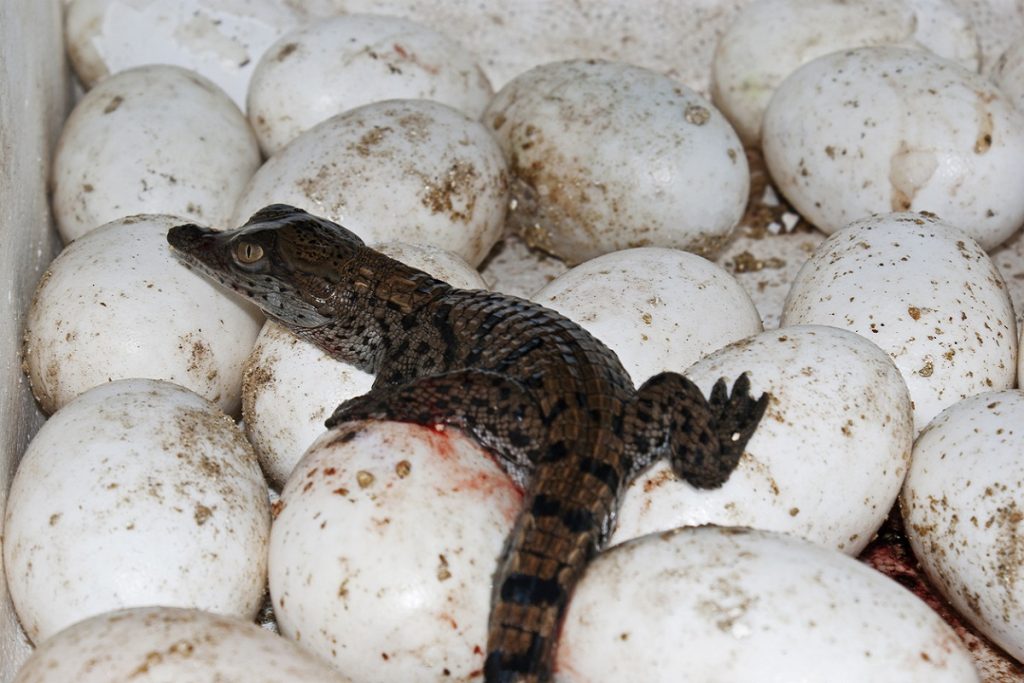Forest officials have sighted around 114 nests of salt-water crocodiles during the nesting season of the reptile this year in Bhitarkanika National Park in Odisha’s Kendrapara district.
“In 2023 and 2022, we counted 122 nests, whereas, in 2021, only 84 nests in Bhitarkanika had been found due to inundation and tidal waves associated with cyclone Yaas in May 2021. The rising tide during the cyclone inundated many crocodile nests. As a result, we counted only 84 crocodile nests in 2021. In 2020 and 2019, we counted 103 nests of the estuarine crocodiles. In 2018, we sighted 101 nests. The rising numbers of nests each year indicate that the adult population of crocodiles is rising. We counted 1,811 crocodiles during the annual reptile census in 2024 January, said the Divisional Forest Officer (DFO) of the Park, Sudarshan Gopinath Yadav on Thursday. The forest department, however, has stopped the crocodile breeding and rearing programme this year in the park as the crocodile population has reached a saturation point. The forest department collected 54 eggs from a nest to breed them in the crocodile breeding complex at Dangamal within the park for tourists and researchers, the forest officer added.
The nests are usually prepared by mangrove twigs, leaves, mud, etc. The nests are usually made in areas on high ground that will not be inundated during the highest tide of floodwaters during the rainy season and where it can get direct sunlight, said Dr Sudhakar Kar, a noted crocodile researcher and a former forest official.
A female crocodile lays 50 to 60 eggs in a nest. Out of 500 eggs of the crocodiles in the wild, only one crocodile turns adult. The female reptiles guard the eggs against the covetous and avaricious eyes of predators like jackals, wild dogs, fishing cats, vultures, water monitors, wild boars, and other animals. The crocodiles also cover the eggs with leaves to prevent the ingress of rainwater in the rainy season, Dr Kar added.
The forest department has banned the entry of anybody into the forest from 1st May to 31st July during the mating and breeding of crocodiles in the forest. In 1975, the Ministry of Forest and Environment, in collaboration with the UNDP, started a crocodile breeding and rearing project in Dangamal within the Bhitarkanika park. Thanks to the success of the project, the crocodile population started increasing in the creeks, rivers and other water bodies of the park and its nearby areas. In 2006, the Guinness Book of World Records recorded a 23-foot-long salt-water crocodile in Bhitarkanika as the largest crocodile in the world,” Dr Kar said.
The breeding and rearing programme for the three species of saltwater crocodile, Mugger, and Gharial, had been initiated in 1975 across 34 places in West Bengal, Madhya Pradesh, Uttar Pradesh, Bihar, and other states in India. The saltwater crocodile conservation programme in Bhitarkanika is the most successful one, Dr Kar added.






